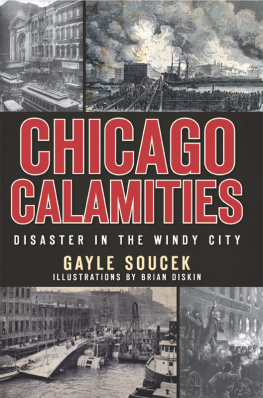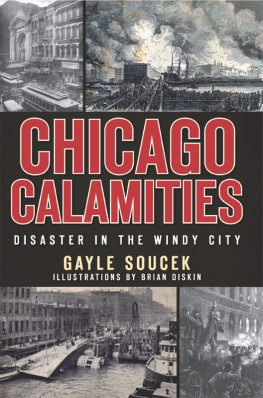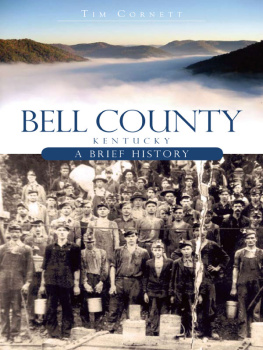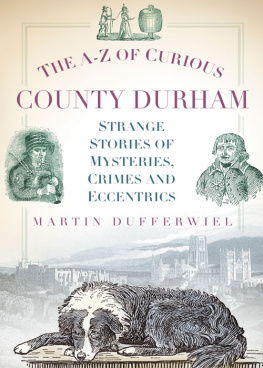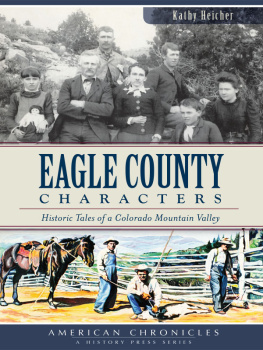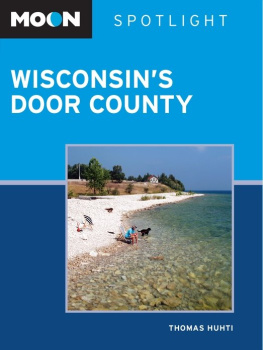

Published by The History Press
Charleston, SC 29403
www.historypress.net
Copyright 2011 by Gayle Soucek
All rights reserved
First published 2011
e-book edition 2012
ISBN 978.1.61423.383.1
Library of Congress Cataloging-in-Publication Data
Soucek, Gayle.
Door County tales : shipwrecks, cherries, and goats on the roof / Gayle Soucek.
p. cm.
print edition ISBN 978-1-60949-234-2
1. Door County (Wis.)--History. 2. Door County (Wis.)--History--Anecdotes. 3. Door County (Wis.)--History, Local. 4. Door County (Wis.)--Biography. I. Title.
F587.D7S68 2011
977.563--dc23
2011017165
Notice: The information in this book is true and complete to the best of our knowledge. It is offered without guarantee on the part of the author or The History Press. The author and The History Press disclaim all liability in connection with the use of this book.
All rights reserved. No part of this book may be reproduced or transmitted in any form whatsoever without prior written permission from the publisher except in the case of brief quotations embodied in critical articles and reviews.
CONTENTS
FOREWORD
Almost every visitor to Door County drives either through Peninsula State Park or at least past it on Highway 42. As you pass the entrance, south of Ephraim, and gaze back to the west, you notice a huge totem pole located on the golf course. The early Indians who settled Door County did not have totem poles, but they are common in the northwestern United States, especially Alaska, as well as portions of Canada.
This particular totem pole resides on the site of the largest funeral in the history of Wisconsin, that being the funeral for Chief Simon Kahquedas, of the Potawatomi Indians. I recently watched a documentary on Wisconsin Public Television visiting old cemeteries in Wisconsin (Peninsula Park being home to three burial areas). The documentary noted that the totem marks the chiefs grave, when actually a limestone boulder marks the burial site proper. The totem, according to Door County historian and author Hjalmar Holand, is a monument to the former owners of the land, not an elaborate headstone.
Everyone who settles in Door County has a story to tell, from the early Scandinavians to the modern tourists. My familys story began in the 1930s, when my mothers uncle, Uncle Nord, left his home in Wilmette, Illinois, to visit Ephraim and to fish for bass. He always said that Ephraim had the best bass fishing in Wisconsin. So began a love affair with the county that spans almost eighty years.
Back in the early 1980s, when my wife, Connie, and I relocated to Door County as full-time residents, a local author had penned a play entitled Portes des Mortes (or Deaths Door). Weve all heard the legend on the naming of the water passage between the mainland and Washington Island. Two warring Indian tribes were responsible for the Deaths Door name after one tribe lured the second tribes warriors into a trap by lighting signal fires on the rocky bluff overlooking the stormy waters. The attacking canoes were dashed on the limestone cliffs, and the survivors were killed or captured.
The play depicted early settlers and their trials and tribulations (and humor) as these early transplants turned this wilderness peninsula into a farming, hunting and fishing economy and, eventually, a tourist delight. Another appeal of the play was the use of relatives of the early pioneers in the roles of their ancestors. Though by then we had only lived here for a short time, we knew many of the participants in the play and greatly enjoyed learning about a small microcosm of their family history.
In the late 1980s, I was involved in the fishing industry, working with David Peterson, a young entrepreneur, who supplied whitefish and chubs to many of the Chicago and Milwaukee fish outlets. We were purveyors, bringing Door County products south, as well as specialty foods and other food products back to the Door. As fate would have it, one day in an Egg Harbor distilled beverage distribution center (bar), I met a gentleman named Bob Anderson. Bob did my job back in the 1950s and 1960s. The travel was a little more difficult for him, the trucks lacking a lot in power, and Bob could not make it up some of the bigger hills. He had farmers with tractors meet him at the base of the Sister Bay hill and the Kewaunee hill to tow him to the top. After Kewaunee, it was clear sailing. I guess I had it pretty easy.
Years ago, I met Ben Wilting, who as a young boy over on Whitefish Bay met the fishing boats early in the morning upon their return from emptying their nets. Ben helped to unload, clean and ice the fish, haul the iced boxes down to Sturgeon Bay and load them on the train bound for the restaurants and fish houses in Milwaukee and Chicago. The fresh fish on the tables in the city were caught the same day they graced the restaurants plates. This was back in the 1940s.
The fish tugs came up the creek at Whitefish Bay, unloading at the mammoth log piers extending out into the Lake Michigan waters. The fish houses on the creek became famous, being the subject of numerous paintings and photographs of the creek, shacks (often depicted in later years in disrepair) and the huge pier. Today there is nothing left but a few pilings and wonderful memories of days gone by.
And so it is with every Door County tale. All who venture here have a story to tell and an eager audience to listen.
Bob Erickson
Fish Creek, Wisconsin
March 2011
INTRODUCTION
I know that you believe you understand what you think I said, but Im not sure you realize that what you heard is not what I meant.
Robert McCloskey, American author and illustrator
I love Door County. When others speak of quaint European cafs or endless white sand beaches, of decadent cruises to colorful islands or of dancing until dawn in a trendy nightclub, my mind wanders north to the little peninsula jutting out into the deep blue waters of Lake Michigan. Ive traveled quite a bit in my life, but no other place has yet stirred my soul in quite the same manner as the picturesque and eccentric villages on Wisconsins thumb. For many years, my husband and I have walked its shores, breathed the fresh lake air and spent considerable sums of cash in its fine restaurants and charming shops. When the opportunity came along to write this book, I jumped at the chance to wax euphoric about my personal little slice of paradise.
That is, until I began the research. Do you know how many ways there are to spell Potawatomi? I discovered that the options are nearly endless and that few resourcesincluding official state sitesseem to spell the tribes name the same way twiceeven within single documents. Its the same thing with the names of settlers. Was it Andrew Roeser or Andre? Or perhaps Roesser? Did you know that the same shipwreck can be found in two entirely unrelated spots on different ends of Washington Island? Old records are sometimes incomplete or downright incorrect, and each casual historian throughout the years has put pen to paper with his or her own personal interpretation. For months I agonized over each little detail, afraid that I would somehow dishonor the place I loved so well by missing a key point or twisting a fact.
Finally, it dawned on me: the whole point of Door County, its entire raison dtre, lies in its ability to calm the body and clear the mind. An advertising slogan once referred to its location as north of the tension line. With that in mind, I returned to my original purpose when I began this book: to explain, to the best of my ability, how Door County came to be and to give the reader a glimpse into the quirks and oddities that define the towns and their unique culture. I hope youll forgive any errors that might have escaped my scrutiny. Most of all, I hope youll come up to Door County to visit; you wont be disappointed. And if they ever agree to a standard spelling for Potawatomi, Ill be sure to let you know.
Next page


